Last Updated on November 21, 2024 by Oleg Gorlov
Updated: November 21, 2024
Key Takeaways:
- Front Yard Fences: Aesthetic Appeal: Focus on defining property boundaries while enhancing curb appeal. Front yard fences should balance style and openness, with options like classic picket fences, decorative metal panels, or eco-friendly bamboo fences.
- Privacy and Security in Backyards: Backyard fences serve as boundaries, privacy screens, and security features. Consider designs like tall privacy wood fences, horizontal slats, or bamboo screens to provide both function and beauty.
- Space-Saving Solutions: For small yards, opt for mini picket fences, vertical garden fences, or low-woven willow fences that define boundaries without overwhelming the space.
- Material Variety: Choose from wood, metal, vinyl, or bamboo, depending on the style and function you need. Each material offers unique benefits, from low maintenance to modern elegance.
- Customized Fencing Options: Art Metal offers a range of customizable designs to meet individual aesthetic preferences and functional requirements.
- Compliance with Local Regulations: Be aware of local building codes, zoning ordinances, and covenants before installing a fence to avoid conflicts and ensure your project is compliant.
Front and Back Fences
Defining property boundaries is the original role of fencing. If that is your priority, the style you decide to build will depend on whether you are planning a fence front yard or a backyard fence.
Front Yard Fences
Front yard fence traditionally defines the extent of the clear view of the property and provides some (but not complete) security. Front yard fences usually aren’t required to provide much privacy; if anything their role is to be inviting. The best fences emphasize particular features of the house or landscape to enhance the home and its neighborhood.
Front Yard Fencing Ideas
Let’s take a look at modern home yard fence ideas:
- Classic White Picket Fence: The timeless charm of a white picket fence can add a touch of elegance to your front yard. It’s perfect for defining the boundary while maintaining an open and welcoming atmosphere.
- Decorative Metal Fence Panels: Ornamental metal fences with intricate designs can beautifully complement the architecture of your house, adding both security and aesthetic appeal.
- Bamboo Fence: For an eco-friendly option, consider a bamboo fence. It not only provides a natural look but also offers some privacy without feeling too confining.
- Low Wooden Fence with Planters: Combine a low wooden fence with built-in planters to create a green boundary that enhances the curb appeal of your home.
Front Yard Fences for Privacy
If you desire more privacy for the fence in front of house, consider the following yard designs:
- Lattice Fence with Climbing Plants: Incorporate lattice panels into your fence design, and let climbing plants like ivy or roses grow to create a beautiful green screen that offers privacy without sacrificing aesthetics.
- Wooden Slatted Fence: A wooden slatted fence allows airflow and light to pass through while still providing a degree of privacy for your front yard.
Small Front Yard Fence for Space-Saving
If you have a small front yard, you can still add a fence to enhance its appeal and define the space. Here are some ideas for small front yard fence:
- Mini Picket Fence: Install a mini version of a white picket fence to create a charming and quaint atmosphere in your front yard.
- Vertical Garden Fence: Combine a fence with vertical planters to add greenery and maximize your limited space.
- Woven Willow Fence: A low-woven willow fence not only looks rustic and natural but also offers a subtle boundary for your small front yard.
- Decorative Metal Border: Create a stylish border using decorative metal posts and panels that add a touch of elegance without overwhelming the space.
Recent Works
Backyard Fences
In backyards, boundary marking takes on a different look because a fence needs to function as a lot line marker and provide security and privacy as well. Considering the cost of fencing a backyard, homeowners should explore various materials and styles to find a suitable balance between budget and desired features. For example, adding horizontal planks to a fence can give your yard a modern and elegant look.
Fence Ideas for Backyard
When designing your backyard, consider the following fence design ideas:
- Privacy Wood Fencing: A classic wooden backyard fence, tall and solid, provides optimal privacy and serves as an effective barrier from the outside world.
- Horizontal Slat Fence: For a modern touch, consider horizontal wood slats. It offers both privacy and a contemporary look that complements various backyard styles.
- Bamboo Screen: Create a Zen-inspired backyard with bamboo screening, which adds privacy while evoking a serene atmosphere.
- Vinyl Fence Panels: Vinyl privacy fences require minimal maintenance and are available in various styles, including those that mimic the appearance of wood.
Privacy Fence for Backyard
There are also some good solutions for privacy:
- Living Privacy Wall Fence: Plant a living wall using climbing vines or tall shrubs along your backyard fence to create a lush and private oasis.
- Chain-Link Fencing: Although not the most aesthetically pleasing option, a chain-link fence is budget-friendly and serves the purpose of securing your backyard.
- Combination Fence: Combine a solid panel at the bottom for privacy with a lattice or openwork panel at the top to maintain airflow and visual interest.
Pinpoint the Property Line
Before you build a fence along your lot line, make sure you know exactly where the line is—along its entire length and on all sides of your property. Locating the lot line markers may take a little detective work.
Start by looking for metal spikes or stakes. They may be buried—if they ever have been put in. If they’re not visible, rent a metal detector to try to find them.
When you locate them, replace each one with a 2-foot length of 1-inch galvanized pipe driven to within 1 inch of grade. This way you can see them later and the mower blade won’t hit them. Locate all the stakes; don’t assume your lot lines are laid out in straight lines or right angles. A misplaced fence section invites trouble with neighbors and could lead to legal action.
If you can’t find the lot line markers, hire a surveyor. It will cost a few hundred dollars, but you’ll avoid conflict with your neighbors and save the additional money you might have to spend to relocate the fence.
Board fences, along with paling, stake, and siding fences, work well to combine lot line definition with security and privacy. Combine any of these materials with lattice or louver panels—either as infill, as a top panel, or both—to keep the fence from being too confining.
Separating Areas for Enhanced Organization
Lot lines aren’t the only boundaries that need definition. Areas inside your yard often need to be separated. Fences can keep work areas from visually spilling into recreation areas; they can separate storage space from relaxation retreats, and entertainment areas from garden plots.
- Garden Rail Fence: Small versions of the rail fence will separate your garden from other areas of your yard. If you build a low fence with benches, you’ll make your gardening more convenient and comfortable. Low fences should be between 12 and 24 inches high.
- Tall Screens for Concealment: Tall screens built from stakes, lattice, and other materials with open patterns are effective at hiding unattractive items—garbage cans or an unsightly metal storage shed. Alternatively, you can conceal them behind a vine-covered trellis—a fence-like structure.
- Year-Round Garden Screen: Lath or lattice panels 3 to 4 feet tall can screen the garden in the winter and provide a year-round accent. Wire-bound slat fencing doesn’t have to be permanent. Roll it and wire it to metal fence posts so it’s out of the way during the planting and growing seasons. Unroll it in the winter.
Codes and Covenants
Before you start your fence planning—or at least early in the process—visit your local building department to find out about local regulations that govern fences. You’re likely to run into one or more of the following:
- Building Codes: Almost all communities establish local codes that govern how residential structures should be built. These codes set standards for safety regarding materials and construction methods. Some building codes specify the materials that you can use to build residential fences.
- Zoning Ordinances: Zoning ordinances govern the use of the property and establish maximum fence heights for structures (including fences) as well as how far they can be located from other properties (a distance called the setback). In many communities, zoning laws may prohibit certain materials and fence heights at the setback line but allow the same materials farther in from the property line.
- Covenants and Deed Restrictions: Communities and neighborhoods may set restrictions in property deeds to maintain neighborhood property values or to preserve specific architectural and historical styles. Such covenants may limit fence materials and locations.
Most municipalities have appeal procedures for codes, ordinances, and covenants. These procedures won’t guarantee you’ll be granted an exception (a variance), but they ensure that your request will be heard. After you’ve researched the restrictions that will affect your fence, incorporate them into your planning.
Conclusion
In conclusion, when considering front and backyard fences, it is crucial to prioritize defining property boundaries, security, and privacy. Front yard fences should strike a balance between inviting aesthetics and enhancing the home’s features.
In backyards, the focus shifts to lot line marking, security, and privacy. Homeowners should explore various materials and styles, such as privacy wood fencing, horizontal slat fences, and bamboo screening. Additionally, incorporating ornamental grasses and tall screens can effectively conceal unsightly items, adding to the overall appeal of the yard design. By adhering to local regulations and considering fence height, one can create a harmonious and inviting outdoor space that complements the property’s aesthetics and meets functional needs.
The author: Oleg Gorlov
FAQs About Front and Backyard Fencing with Art Metal
What type of fence is best for a front yard?
Last Updated on November 21, 2024 by Oleg Gorlov
For front yards, focus on aesthetic appeal with options like classic white picket fences, decorative metal panels, or eco-friendly bamboo fences. These designs offer beauty and light privacy while maintaining an inviting atmosphere.
How do I choose the right fence for privacy in the backyard?
Last Updated on November 21, 2024 by Oleg Gorlov
For maximum privacy, consider tall wood fences, horizontal slats, or bamboo screening. These materials provide a sense of seclusion and security while enhancing your backyard’s look.
What are the best fence options for small front yards?
Last Updated on November 21, 2024 by Oleg Gorlov
Mini picket fences, vertical garden fences, and low-woven willow fences are ideal for small spaces, offering a charming, space-saving solution that doesn’t overwhelm the area.
How can I add security to my fence without compromising aesthetics?
Last Updated on November 21, 2024 by Oleg Gorlov
Opt for sturdy materials like metal or wooden privacy fences. You can combine functionality and beauty by adding decorative elements like lattice panels or custom designs.
How do I ensure my fence complies with local building codes?
Last Updated on November 21, 2024 by Oleg Gorlov
Before starting your project, research local building codes, zoning ordinances, and covenants. This ensures your fence meets all legal requirements, avoiding potential legal issues later on.


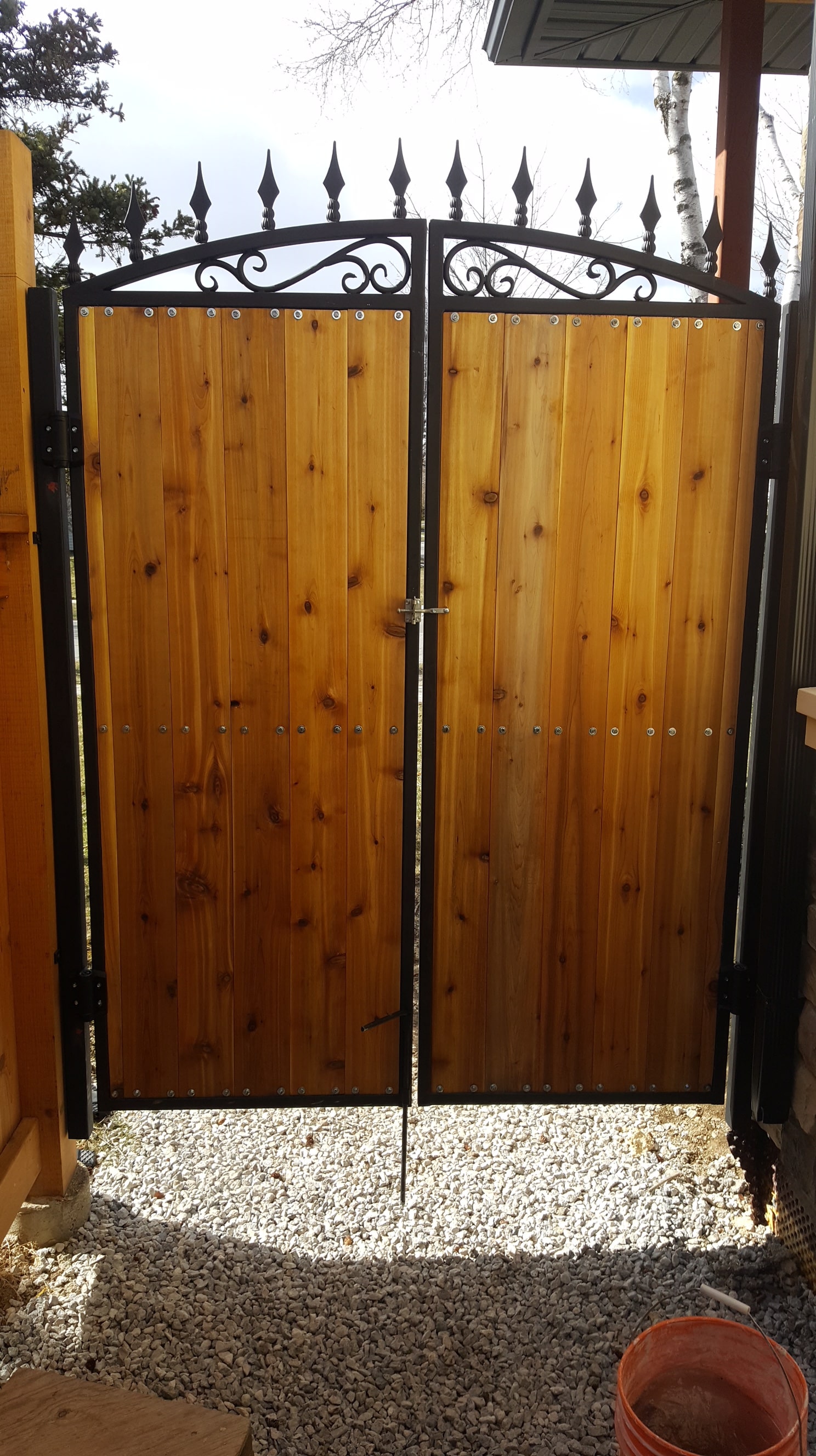
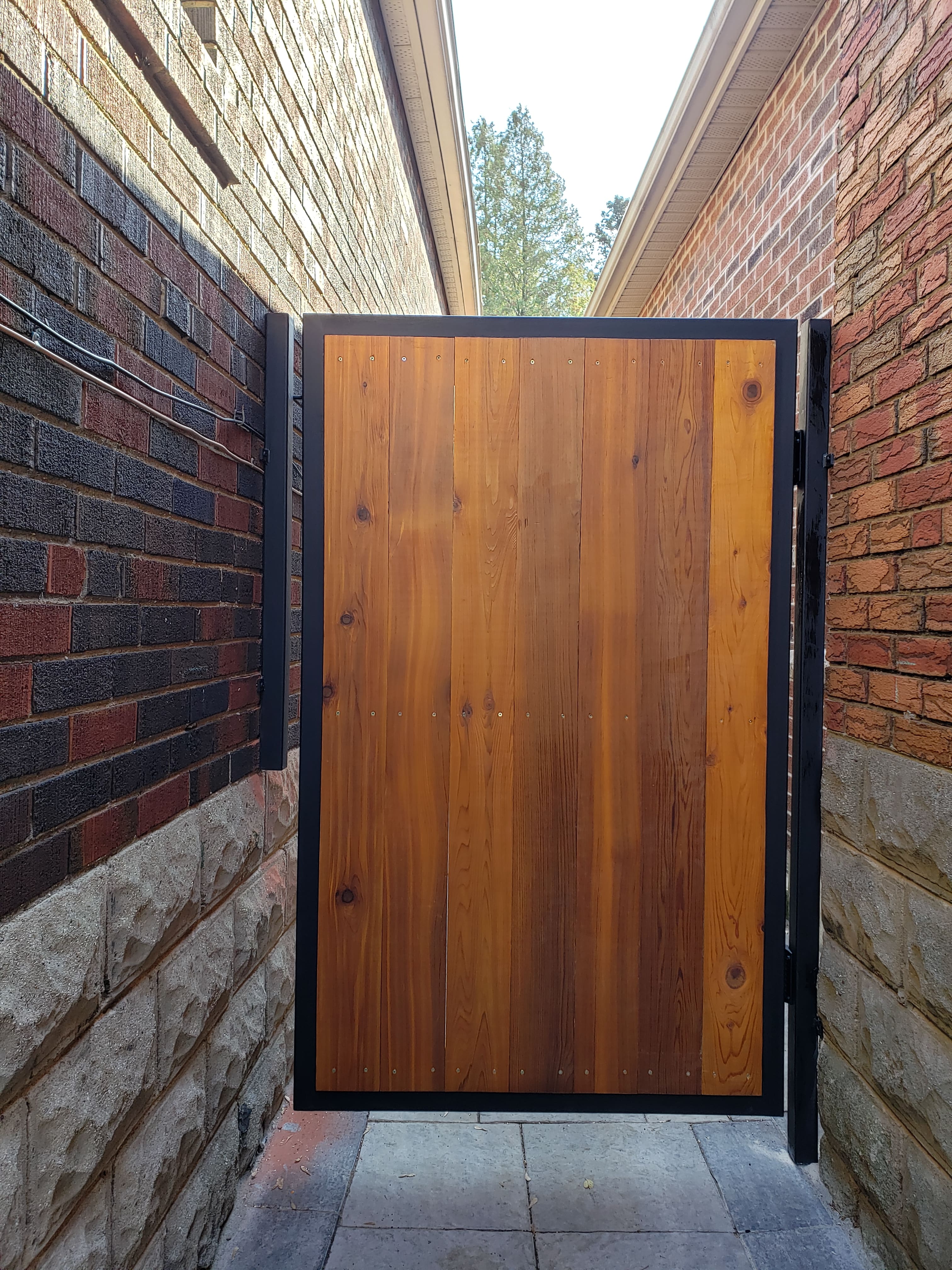
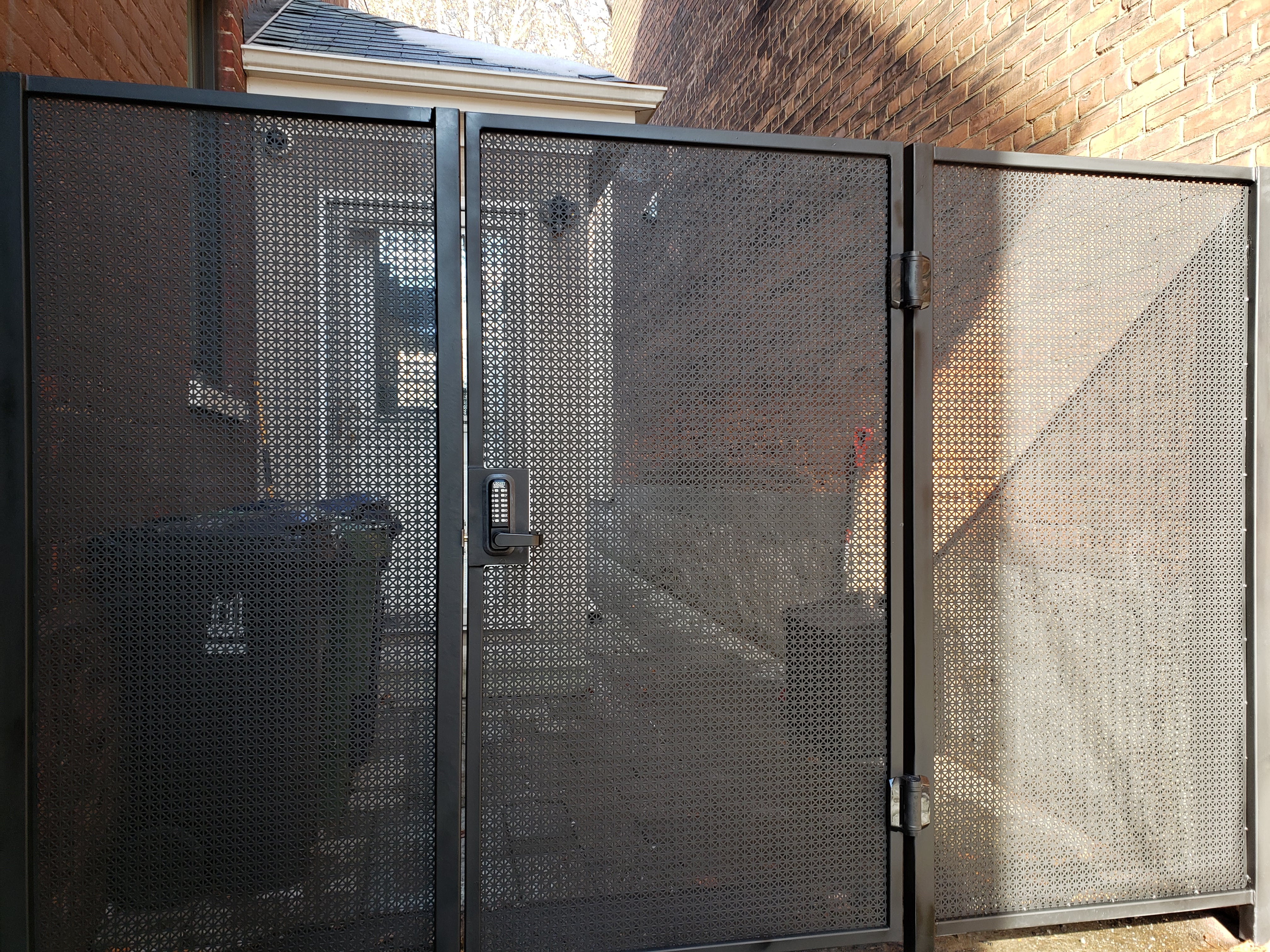
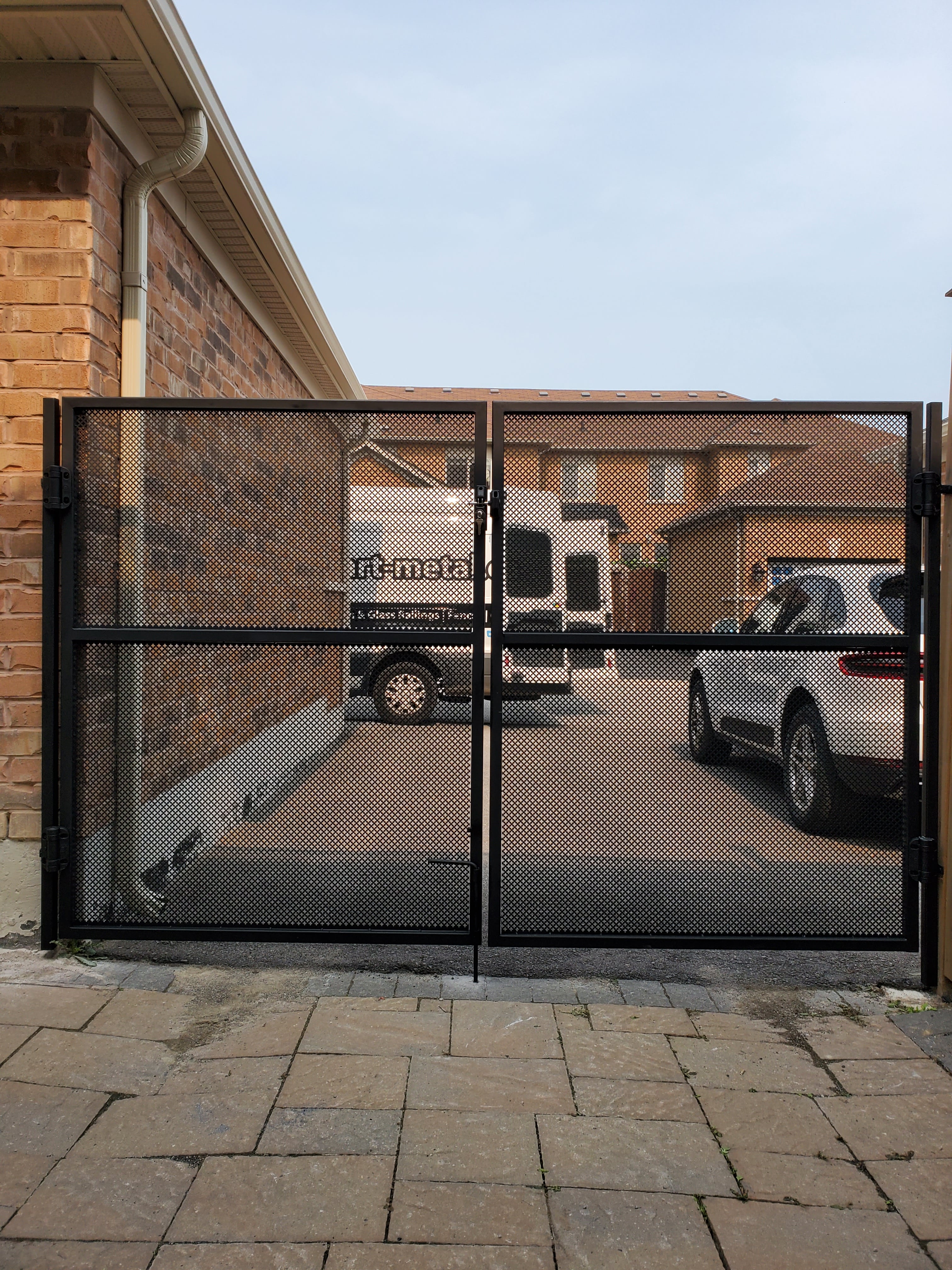
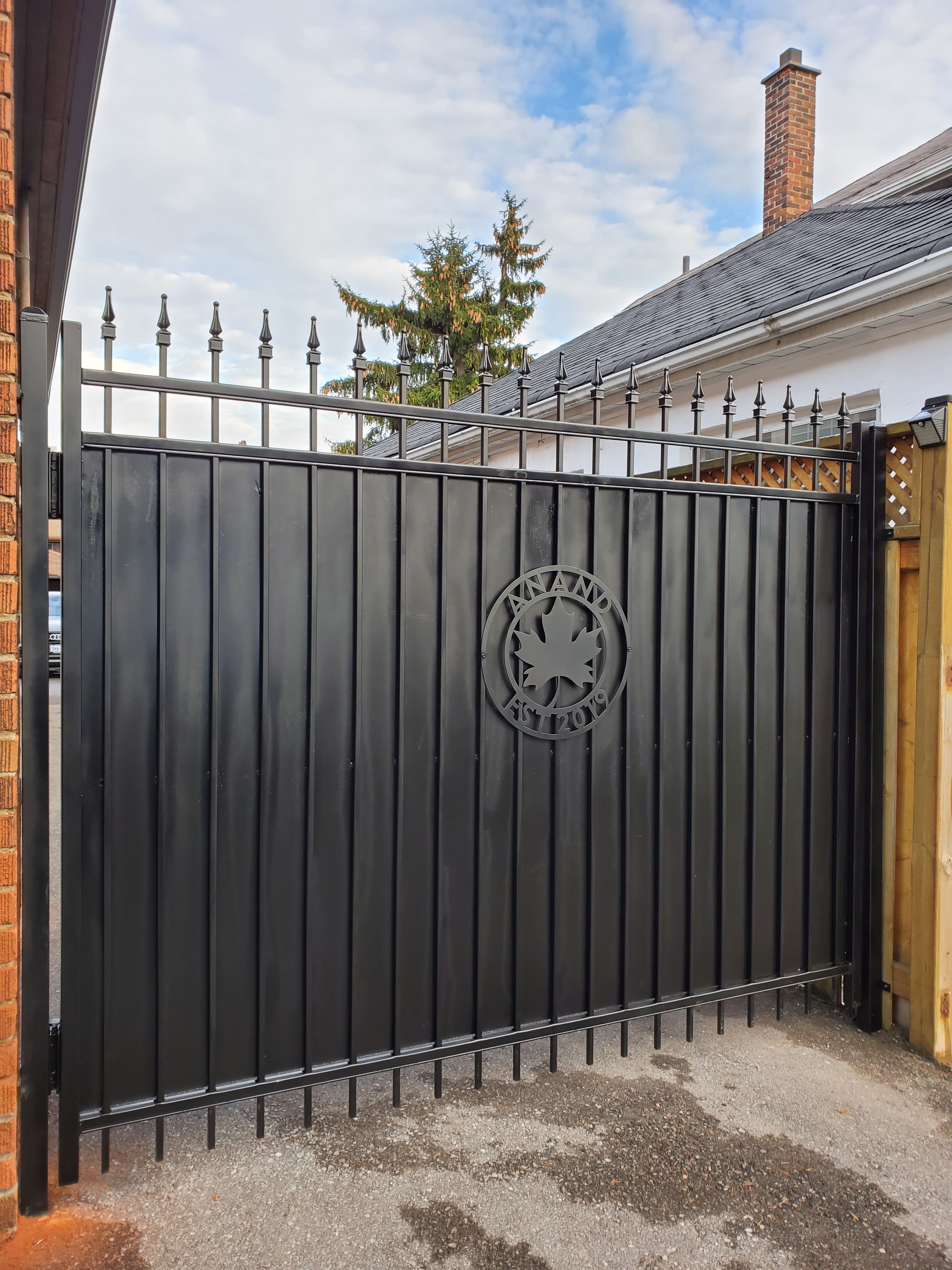
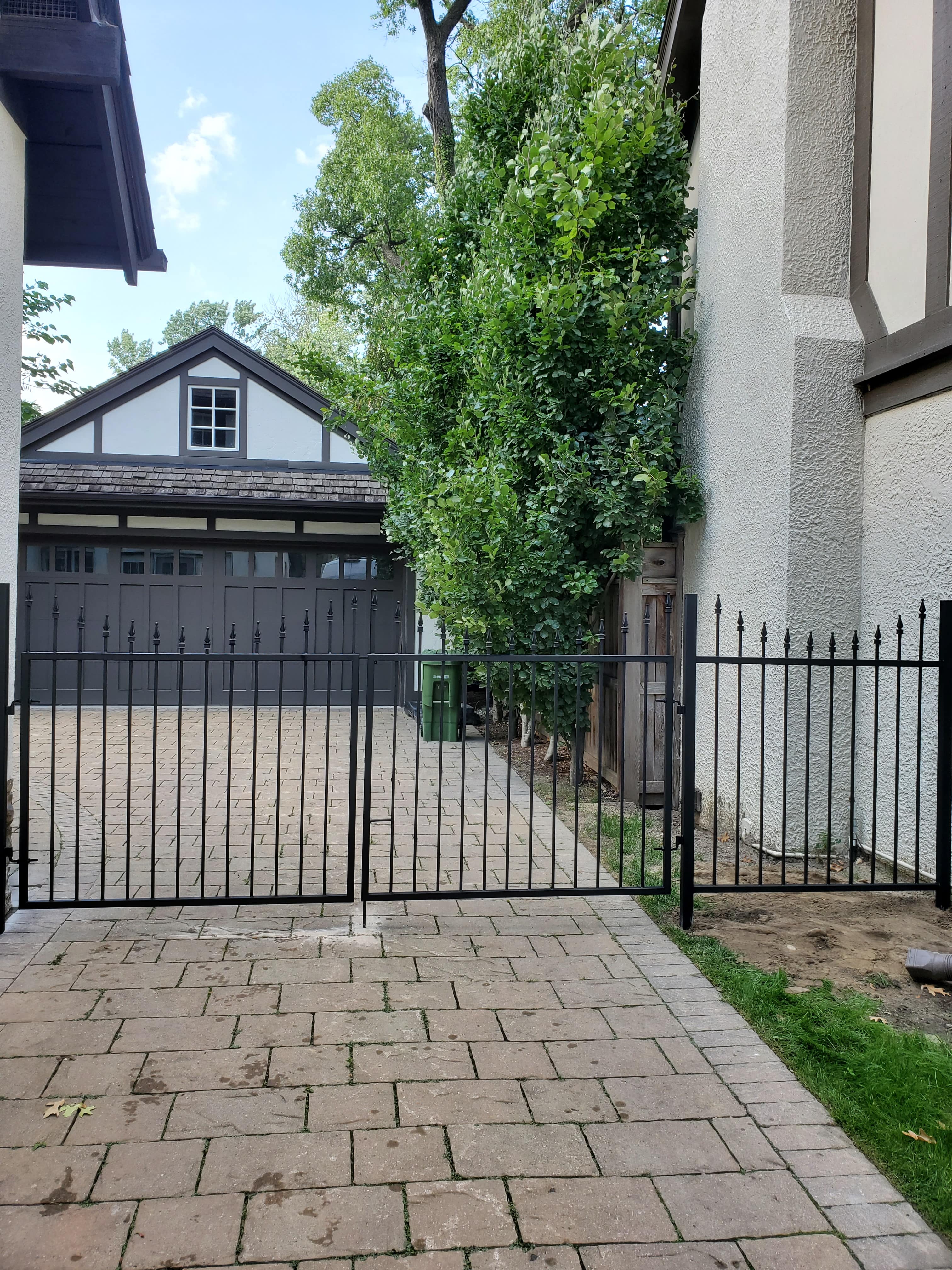
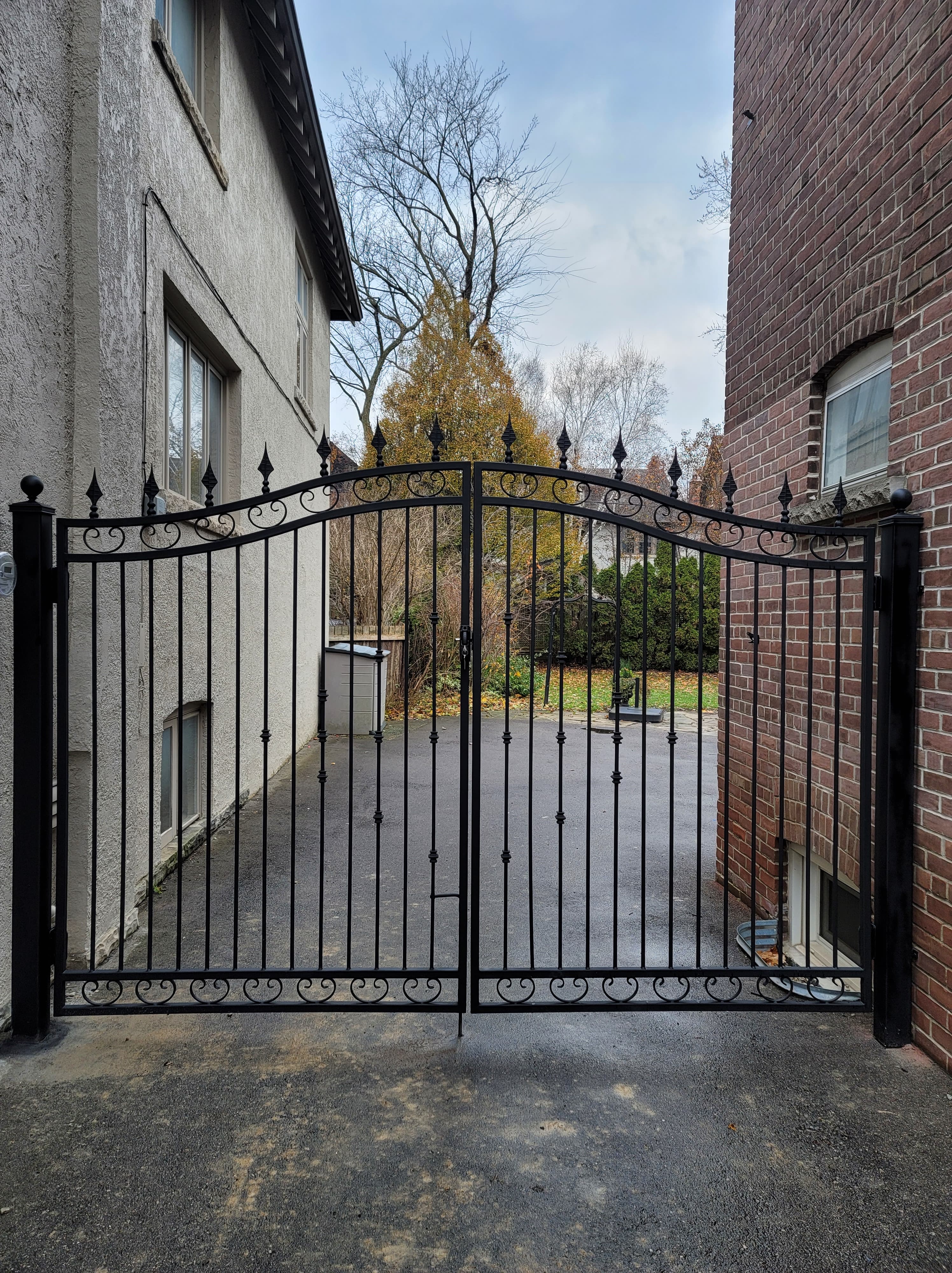
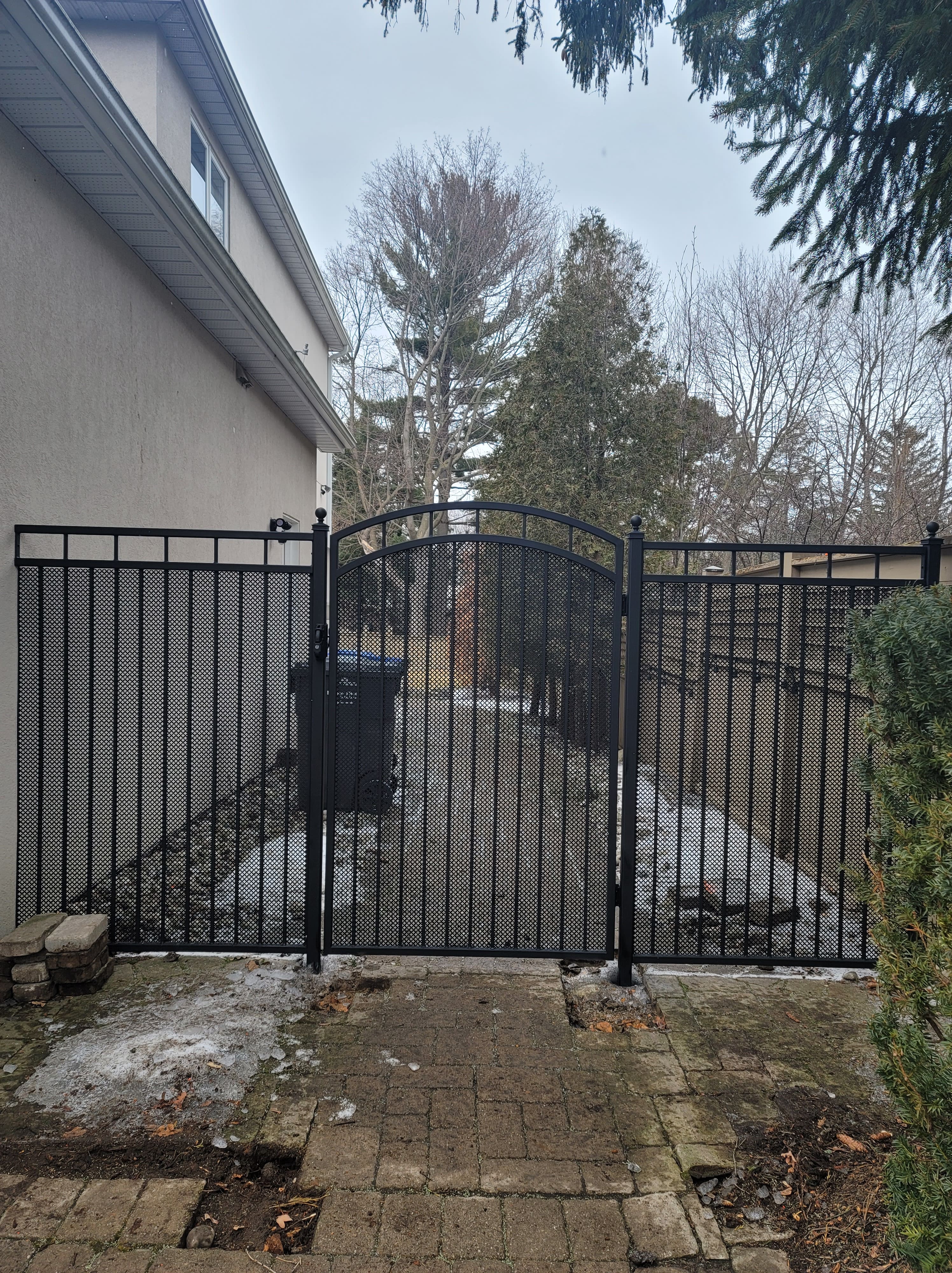
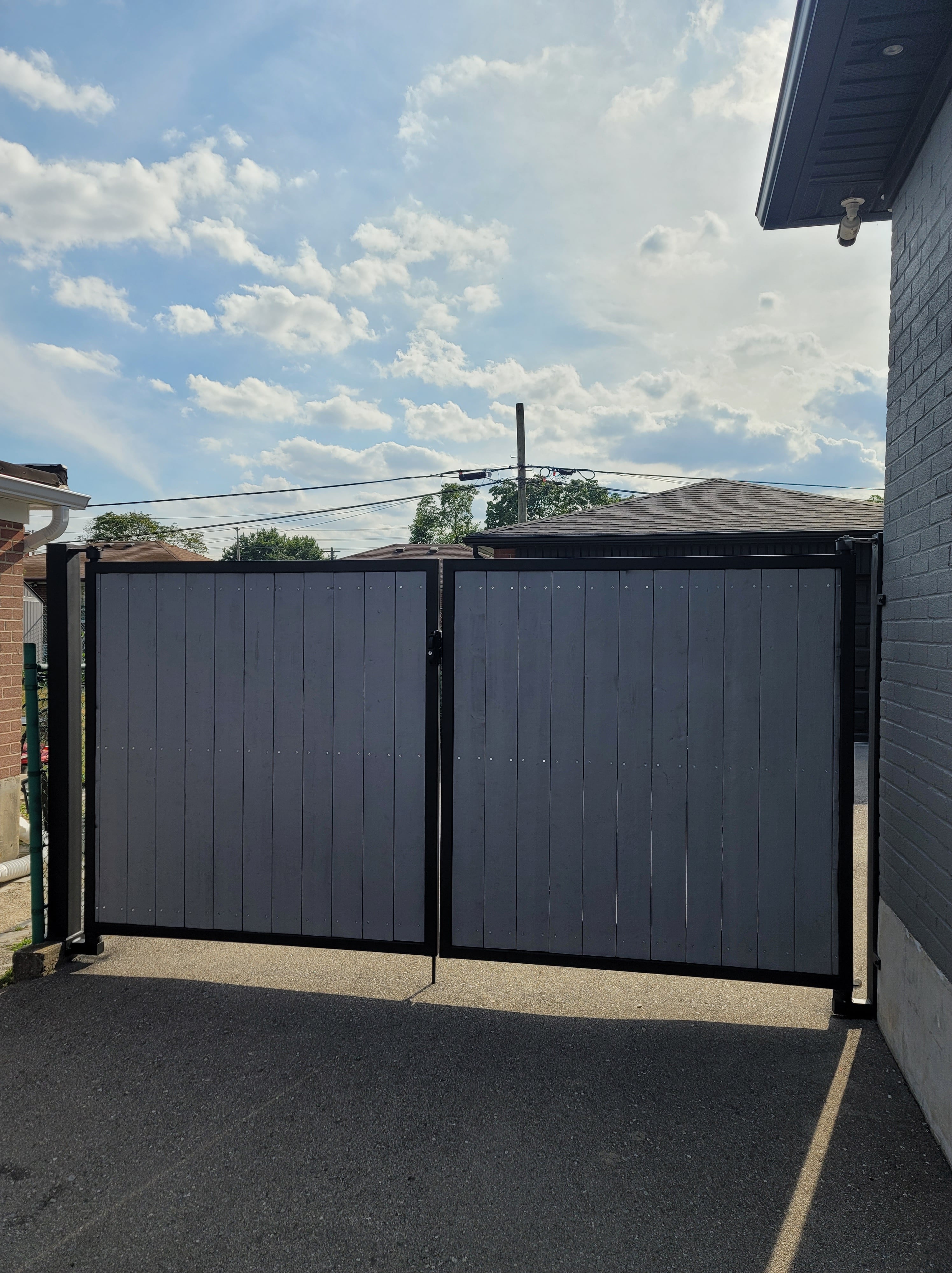
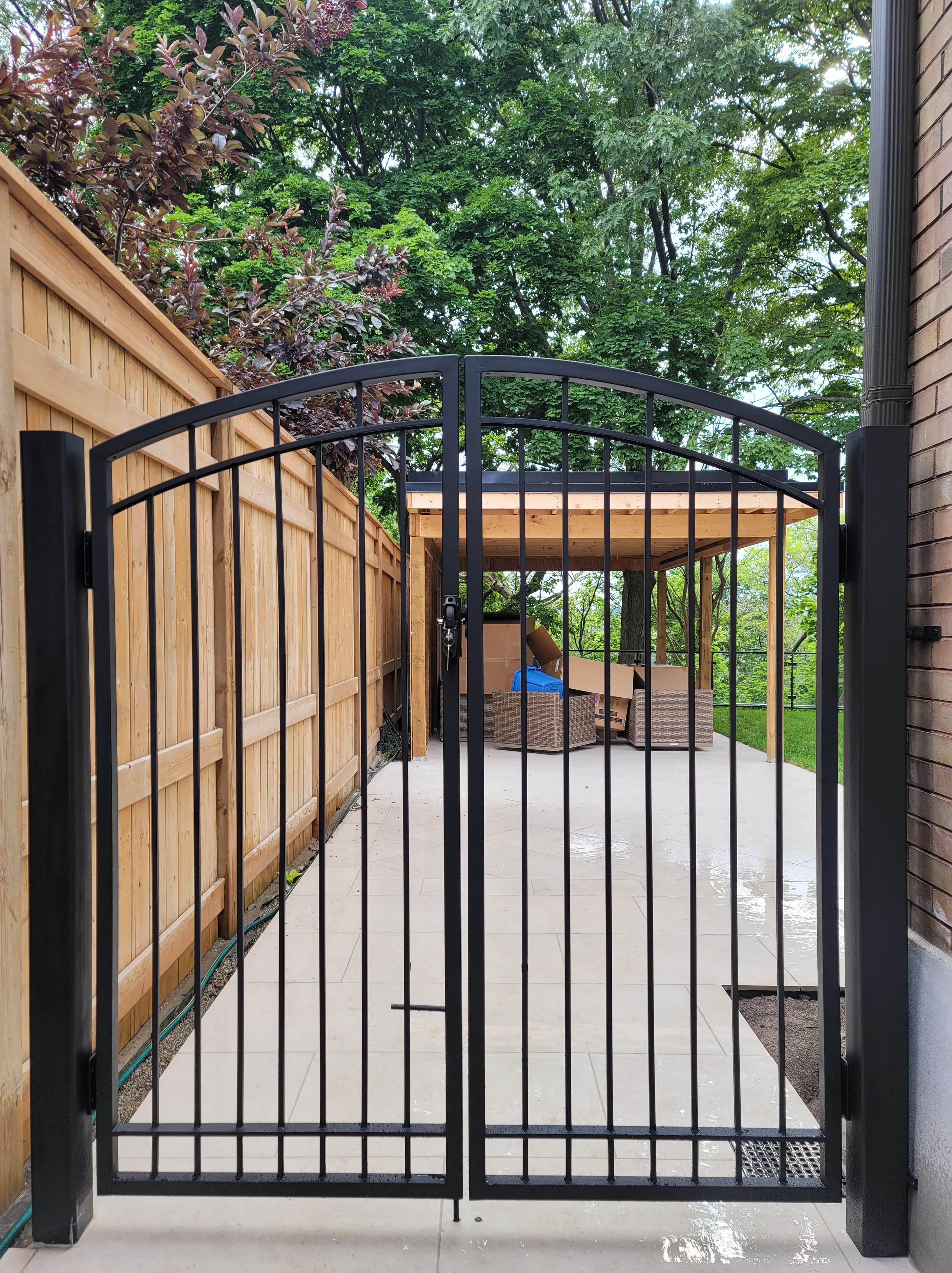



 Chat
Chat 








